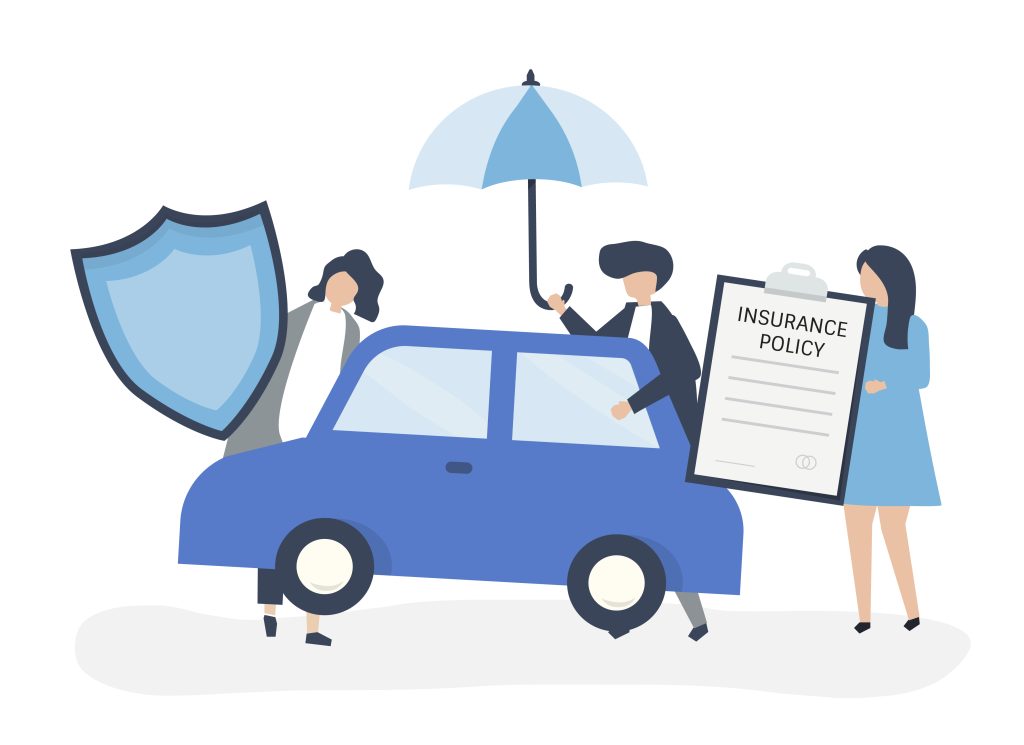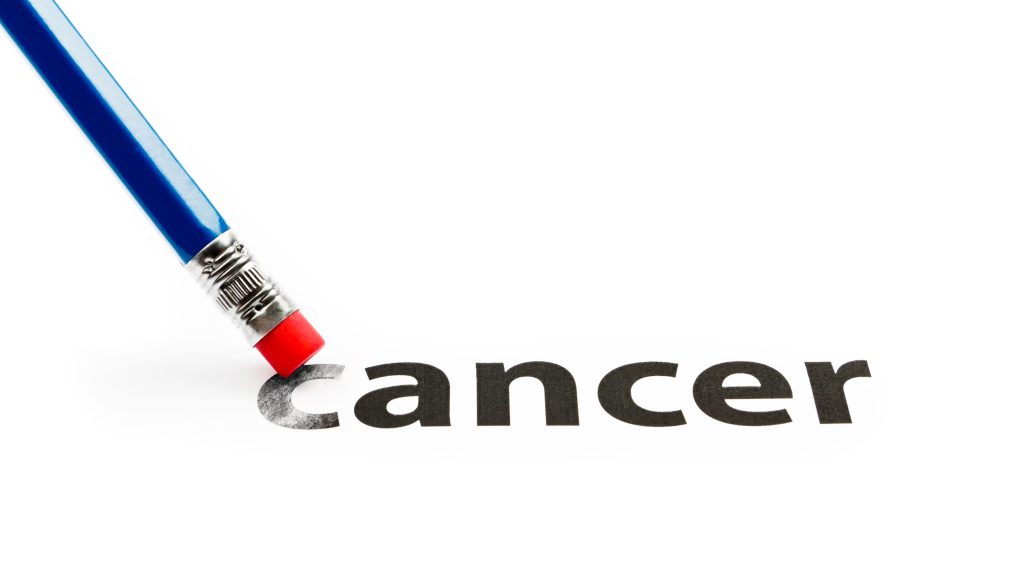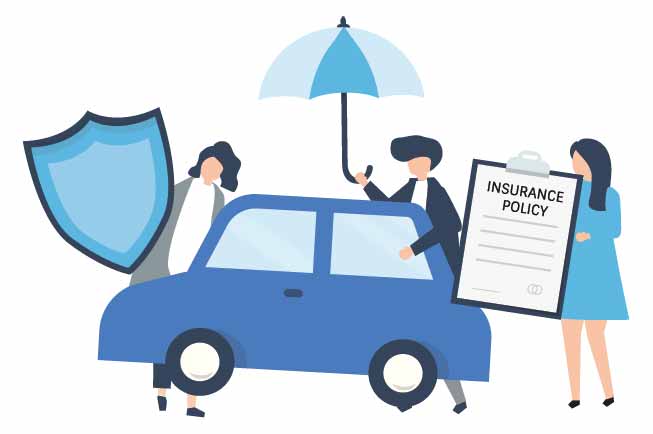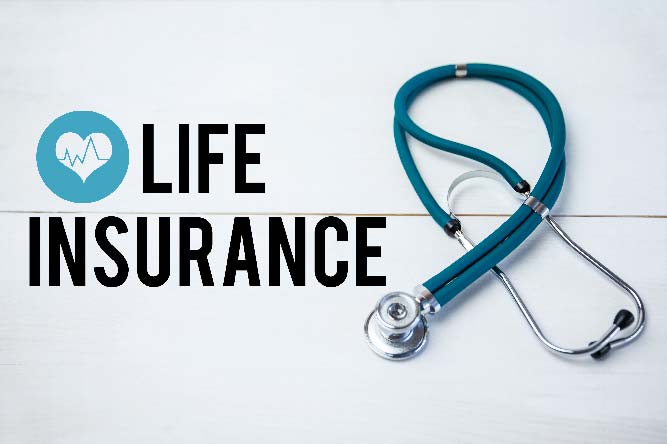What is Total Loss in Car Insurance?
Although the procedure for buying auto insurance has been simplified, it is still challenging to comprehend the jargon used in the industry. There are many crucial terms that everyone should know before purchasing motor insurance. One such term includes total loss car insurance. Now, you must be wondering what exactly “total loss” means in insurance. Read the article to know everything about it in detail.
What is the Total Loss in Car Insurance?
A car is technically considered a total loss when the cost of restoring it to its pre-damaged condition exceeds the value of the car. A total loss might happen under two circumstances if your car is either stolen or severely damaged. In these cases, the car insurance company reimburses the IDV of the existing vehicle after deducting an excessive repair amount.
According to Section 55 of the Motor Vehicles Act, any vehicle damaged or destroyed beyond repair level should apply to the Regional Transport Office (RTO) for a total loss declaration within 14 days from the date of the accident.
Understanding Constructive Total Loss in Car Insurance
Total constructive loss is a condition in which car damages are beyond repair and the repair cost exceeds the car’s insured declared value. The car insurance company, at its discretion, may pay either for a vehicle, its portion, or accessories in cash. However, the liability cannot exceed the following:
- In cases of total and constructive loss of the car, the IDV of the car as defined in the schedule should be less than the cost of the damage.
- Other than the total and constructive loss of the car, actual and reasonable expenses of repair or replacement and damaged parts are subject to depreciation within the parameters indicated for a partial loss.
How is the total loss under car insurance calculated?
A car is considered a total loss only when the repair costs exceed 75% of the insured’s declared value. The IDV refers to the estimated market value of the car. Constructive total loss is the term used when the cost of repairs is greater than 100% of the item’s current market value. Whatever the case may be, the car insurance company will pay an amount equivalent to the IDV. The depreciation rate for calculating IDV is listed in the table below.
| Vehicle’s age | Depreciation Rate |
| Below 6 months | 5% |
| 6 months – 1 years | 15% |
| 1 years – 2 years | 20% |
| 2 years – 3 years | 30% |
| 3 years – 4 years | 40% |
| 4 years- 5 years | 50% |
| Above 5 years | Mutually agreed between vehicle owner and insurer |
How to Get Full Value in Total Loss of the Car?
You can purchase the Return-to-Invoice add-on insurance cover if you want to make sure that in the event of a total loss, you receive the full replacement cost of your vehicle rather than the depreciated value. If your car is stolen or damaged beyond repair, you will be eligible to receive the full invoice value of it, including registration fees and all applicable taxes. In other words, you receive the amount you originally paid for the car’s on-road pricing if you’ve bought a return-to-invoice add-on coverage.
Conclusion
Uninvited accidents frequently result in serious vehicle damage. Total loss is a condition in which the car is destroyed beyond repair. If you have car insurance, the total loss amount provided by the insurer will be equal to the insured’s declared value. Furthermore, you can buy a return-to-invoice add-on cover to get the on-road market value for your vehicle after the accident.
What is Total Loss in Car Insurance? Read More »








